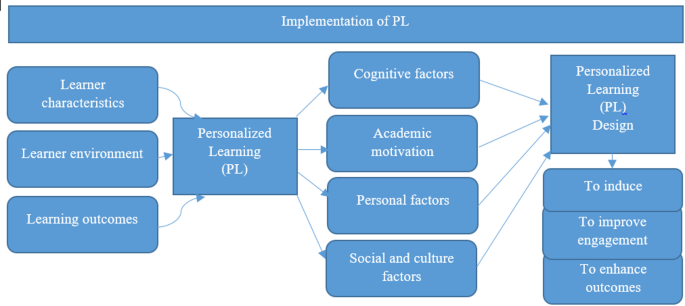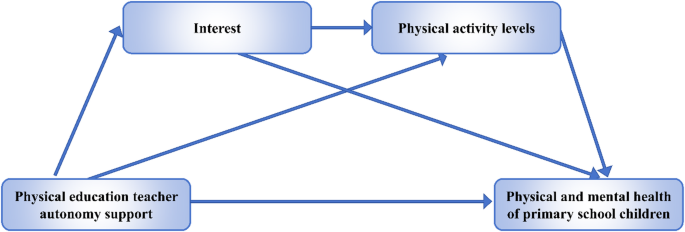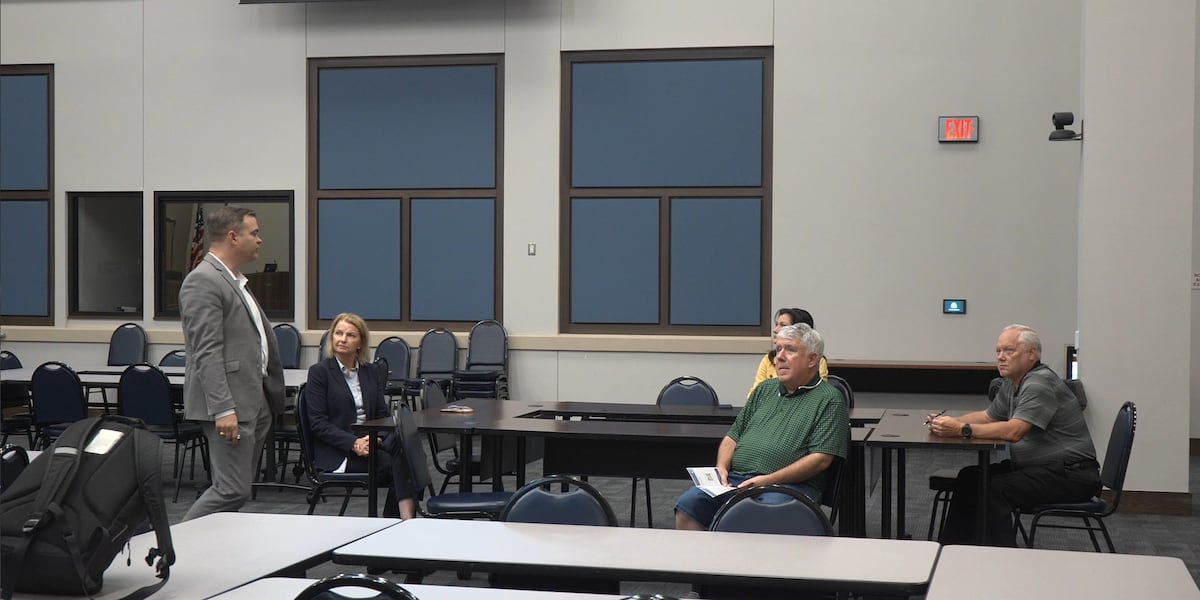Report on the ASEAN “Play with Math” STEM Innovation Competition and its Contribution to Sustainable Development Goals
1.0 Introduction: Fostering Quality Education and Global Partnerships
The inaugural ASEAN “Play with Math” STEM Innovation Student Video Competition was launched at Bashu Primary School in Chongqing. This initiative, involving students from ASEAN+3 nations, directly supports the United Nations Sustainable Development Goals (SDGs), primarily SDG 4 (Quality Education) and SDG 17 (Partnerships for the Goals). By creating a platform for creative expression in mathematics, the competition promotes inclusive and equitable quality education and encourages lifelong learning opportunities for all.
2.0 Program Framework: A Multi-Stakeholder Partnership for SDG 4
The competition is an extension of the Bashu–Southeast Asia School Education Cooperation Program, a strategic collaboration established in April 2025. This partnership exemplifies SDG 17 by uniting diverse stakeholders to achieve common educational objectives.
- Key Partners:
- Bashu Primary School (China)
- UNESCO International Research and Training Centre for Rural Education (INRULED)
- Southeast Asian Ministers of Education Organization STEM Education Center (SEAMEO STEM-ED)
- Core Objectives Aligned with SDG 4 Targets:
- Curriculum Exchange: Enhancing educational content and promoting cross-cultural understanding, contributing to Target 4.7 (knowledge and skills for sustainable development).
- Teacher Training: Increasing the supply of qualified teachers through international cooperation, directly addressing Target 4.c.
- Digital Resource Sharing: Leveraging technology to build and upgrade education facilities and create inclusive learning environments, in line with Target 4.a.
3.0 Digital Innovation for Inclusive and Equitable Education
The program utilizes digital tools to broaden access to quality education, a key tenet of SDG 4 and a contributor to SDG 9 (Industry, Innovation, and Infrastructure).
3.1 Digital Platforms and Curriculum
- “Online Bashu (Overseas Edition)”: A digital platform designed to bridge geographical divides, providing scalable and accessible educational resources.
- “Play with Math” Curriculum: An innovative curriculum that leverages nationally recognized teaching achievements to make STEM education engaging and effective, fostering skills relevant for future employment as per Target 4.4.
Zhao Yuchi, Executive Director of UNESCO INRULED, noted that this model provides a “replicable and scalable approach for global collaboration,” highlighting its potential to reduce educational inequalities, a goal linked to SDG 10 (Reduced Inequalities).
4.0 Strengthening International Cooperation and Implementation
The initiative serves as a cornerstone for China-Southeast Asia cooperation in STEM education, reinforcing the global partnership for sustainable development outlined in SDG 17.
4.1 Bilateral Agreements and Practical Application
During the launch, Bashu Primary School signed cooperation agreements with two boarding schools in Thailand. This action moves the partnership from a conceptual framework to practical implementation, focusing on co-creation in classroom teaching and resource sharing.
4.2 Professional Development and Knowledge Exchange
Dr. Kritsachai Somsaman, Director of SEAMEO STEM-ED, emphasized that the program offers teachers valuable opportunities for professional development and the exchange of innovative ideas. Joint workshops between Chinese and Thai teachers on topics like “Reasoning” and “Seed Dispersal” exemplify the program’s commitment to enhancing teacher quality (SDG Target 4.c) through international cooperation (SDG Target 17.6).
5.0 Conclusion: A Replicable Model for Global Education Governance
The “Play with Math” competition and the underlying cooperation program demonstrate a comprehensive approach to advancing the Sustainable Development Goals. By integrating digital innovation with cross-cultural partnerships, the initiative provides a functional model for strengthening basic education across Belt and Road countries. As stated by Ma Hong, Principal of Bashu Primary School Group, the goal is to co-create an “open, symbiotic, and evolving global education ecosystem,” contributing a distinct framework to the future of global education governance in alignment with the 2030 Agenda for Sustainable Development.
SDGs Addressed in the Article
SDG 4: Quality Education
- The article’s central theme is an educational initiative, the “Play with Math” competition and the broader Bashu–Southeast Asia School Education Cooperation Program. It focuses on improving “basic education” through “curriculum exchange,” “teacher training,” “digital resource sharing,” and promoting “STEM education.” These activities directly contribute to ensuring inclusive and equitable quality education.
SDG 17: Partnerships for the Goals
- The article highlights a multi-stakeholder partnership involving Bashu Primary School (China), UNESCO INRULED, the Southeast Asian Ministers of Education Organization STEM Education Center (SEAMEO STEM-ED), and schools across ASEAN+3 countries. It explicitly mentions “China–Southeast Asia educational collaboration,” “international partnerships,” and “global collaboration,” which are the core principles of SDG 17.
Specific SDG Targets Identified
Targets under SDG 4 (Quality Education)
- Target 4.1: By 2030, ensure that all girls and boys complete free, equitable and quality primary and secondary education. The program aims to strengthen and improve the quality of “basic education” at the primary school level through international cooperation and innovative curricula.
- Target 4.7: By 2030, ensure that all learners acquire the knowledge and skills needed to promote sustainable development. The focus on STEM education equips students with critical skills for innovation and future challenges. The program also promotes “cross-cultural understanding,” which aligns with education for global citizenship.
- Target 4.c: By 2030, substantially increase the supply of qualified teachers, including through international cooperation for teacher training. The article explicitly states that the program offers “teacher training” and “valuable opportunities for professional development.” The joint workshops between Chinese and Thai teachers are a direct example of this target in action.
Targets under SDG 17 (Partnerships for the Goals)
- Target 17.6: Enhance North-South, South-South and triangular regional and international cooperation on and access to science, technology and innovation and enhance knowledge sharing. The collaboration between China and Southeast Asian nations on STEM education, using digital platforms to share curricula and knowledge, is a prime example of South-South cooperation.
- Target 17.16: Enhance the global partnership for sustainable development, complemented by multi-stakeholder partnerships. The initiative is a multi-stakeholder partnership involving a school, a UNESCO center, a regional organization (SEAMEO), and governments, all working together to share knowledge, expertise, and technology.
- Target 17.17: Encourage and promote effective public, public-private and civil society partnerships. The collaboration between public schools and international organizations like UNESCO and SEAMEO exemplifies this target.
Indicators for Measuring Progress
Indicators for SDG 4 (Quality Education)
- Number of teachers participating in professional development: The article mentions “teacher training” and “joint workshops,” implying that the number of teachers trained is a key metric for progress.
- Number of students participating in STEM activities: The “Play with Math” video competition directly involves students from ASEAN+3 countries, so the number of participants is a measurable indicator of engagement and reach.
- Development and sharing of educational resources: The creation of the “‘Online Bashu (Overseas Edition)’ digital platform” and the “‘Play with Math’ curriculum series” are tangible outputs. Their adoption rate by schools in partner countries would be an indicator of success.
Indicators for SDG 17 (Partnerships for the Goals)
- Number of international cooperation agreements: The article explicitly states that “Bashu Primary signed cooperation agreements with two boarding schools in Thailand,” which serves as a direct, quantifiable indicator of partnership formation.
- Number of participating countries and institutions: The involvement of “ASEAN+3 countries” and key institutions like UNESCO INRULED and SEAMEO STEM-ED demonstrates the scale and scope of the partnership, serving as an indicator of its strength.
Summary Table: SDGs, Targets, and Indicators
| SDGs | Targets | Indicators |
|---|---|---|
| SDG 4: Quality Education | Target 4.1: Ensure quality primary and secondary education. | Number of schools adopting the “Play with Math” curriculum and digital resources. |
| SDG 4: Quality Education | Target 4.7: Ensure learners acquire knowledge and skills for sustainable development. | Number of student participants in the STEM Innovation Student Video Competition. |
| SDG 4: Quality Education | Target 4.c: Increase the supply of qualified teachers through international cooperation. | Number of teachers participating in joint workshops and professional development programs. |
| SDG 17: Partnerships for the Goals | Target 17.6: Enhance South-South cooperation on science, technology, and innovation. | Creation and use of the “Online Bashu (Overseas Edition)” digital platform for cross-border learning and resource sharing. |
| SDG 17: Partnerships for the Goals | Target 17.16 & 17.17: Enhance multi-stakeholder and public partnerships. | Number of international cooperation agreements signed (e.g., with schools in Thailand); Number of participating countries (ASEAN+3) and partner organizations (UNESCO INRULED, SEAMEO STEM-ED). |
Source: ichongqing.info






